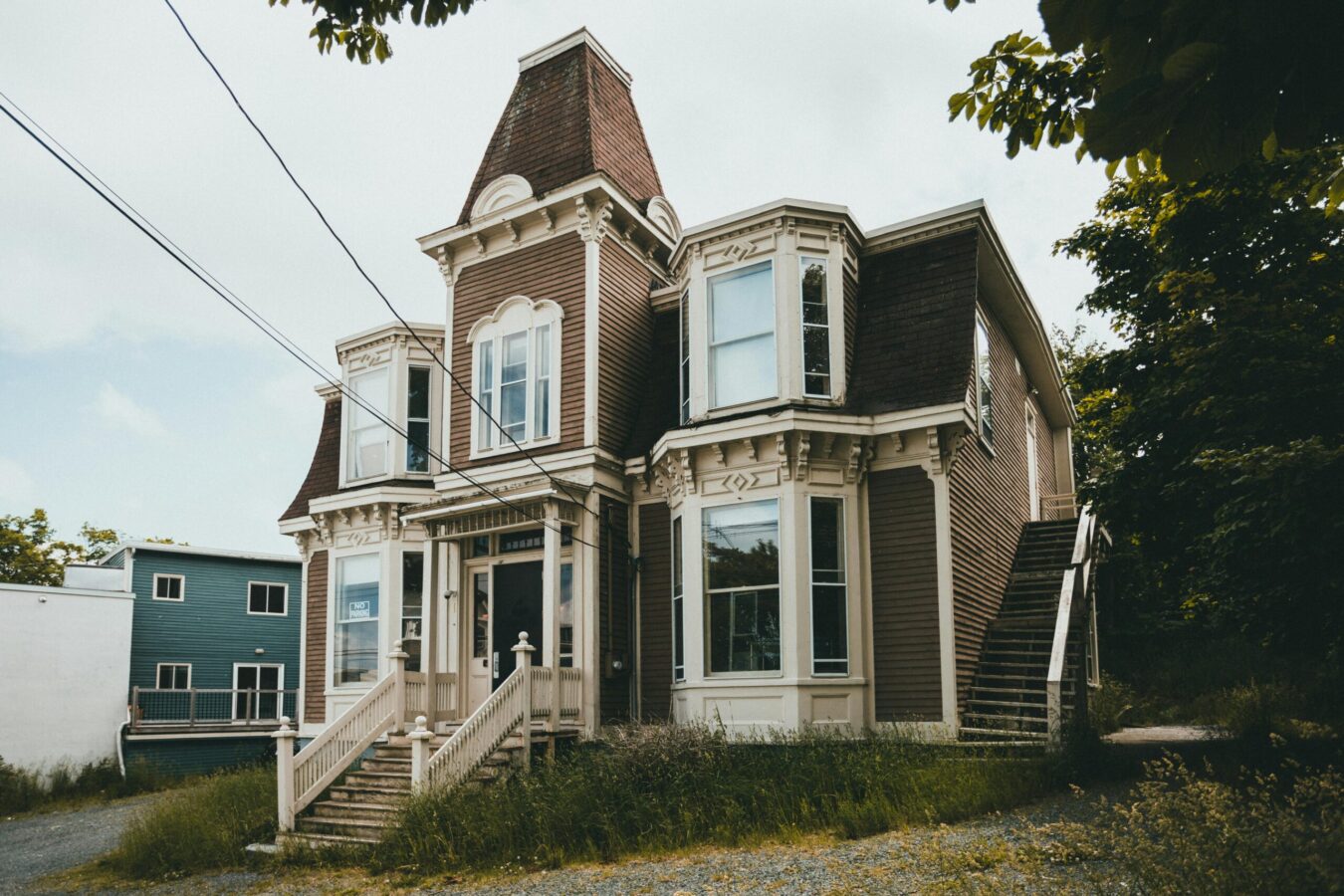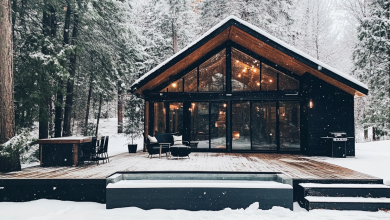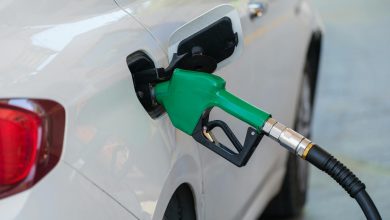The Cost of Owning a Victorian House: Budgeting for the Details – FangWallet

This article may contain references to products or services from one or more of our advertisers or partners. We may receive compensation when you click on links to those products or services. Nonetheless, our opinions are our own.
Key Highlights
- Victorian houses date back to Queen Victoria’s reign (1837–1901) and feature unique architectural styles.
- These homes are known for bay windows, high ceilings, decorative woodwork, and intricate gingerbread trim, reflecting their rich historical value.
- Victorian houses often cost more than modern homes due to restoration needs and ongoing maintenance.
- When budgeting, consider the purchase price, restoration costs (ranging from $10,000 to over $100,000), and regular upkeep.
- Additional expenses often include plumbing, electrical updates, foundation repairs, roofing, and insulation upgrades.
Introduction
Victorian houses captivate homeowners with their charm, intricate design, and historical significance. These architectural gems emerged during the reign of Queen Victoria and remain popular for their distinct features, such as ornate gingerbread trim and bay windows. While owning a Victorian house means preserving a piece of history, it also requires careful budgeting and maintenance.
Understanding Victorian Houses
The Victorian era (1837–1901) was a transformative time for architecture, marked by diverse styles that reflected the changing technologies and tastes of the period. Victorian homes are renowned for their tall structures, decorative elements, and vibrant designs, showcasing the craftsmanship and creativity of their time.
Victorian houses weren’t merely functional; they were artistic statements. Bright colors, detailed woodwork, and elaborate accents celebrated the era’s architectural innovation.
Defining Features of Victorian Architecture
Victorian homes encompass a variety of styles, including Queen Anne, Gothic Revival, and Italianate. Despite their differences, these homes share several hallmark traits:
- High Ceilings and Large Windows: These features create bright, open interiors.
- Decorative Woodwork: Intricate trim, elegant staircases, and detailed molding adorn many areas of the home.
- Bay Windows with Stained Glass: These iconic windows enhance charm and provide cozy seating nooks.
- Gingerbread Trim: Lacy, intricate patterns add flair to exteriors.
- Bold Colors and Patterns: Vibrant paints and patterned wallpapers reflect the Victorian love for opulence.
The Historical Significance of Victorian Homes in the U.S.
During the Victorian era, the United States experienced rapid growth and industrial advancements. Innovations in building materials and techniques made it easier to construct elaborate homes. Cities like San Francisco, New Orleans, and those along the East Coast became hubs for Victorian architecture, each adding local character to the style.
These homes symbolized the aspirations of the growing middle and upper classes, representing wealth and success. Today, they serve as enduring reminders of 19th-century architectural ingenuity and cultural shifts.
Preparing to Own a Victorian House
Owning a Victorian house is both a privilege and a responsibility. These homes require dedicated care to preserve their historical integrity. Before taking the plunge, it’s essential to understand the financial and time commitments involved.
Consulting experts in historic homes can provide valuable insights into restoration and maintenance. Local preservation groups can also guide you in adhering to regulations and maintaining the home’s character.
Initial Considerations for Potential Owners
Living in a Victorian house offers a unique experience, but it comes with specific challenges:
- Structural Layout: Many Victorian homes feature smaller, separate rooms. Consider whether this layout suits your lifestyle or requires renovation.
- Historical Context: Research the home’s history and architectural style to better appreciate its significance.
- Professional Assistance: Skilled contractors and preservationists can help restore and maintain the property in line with local rules.
Understanding these aspects will help you make informed decisions about owning and maintaining a Victorian house.
Assessing Restoration and Maintenance Needs
Victorian homes often require specialized care. Regular inspections can identify aging issues, such as peeling paint, water damage, or structural concerns. Hiring professionals experienced in historic restoration ensures that repairs honor the home’s original craftsmanship.
Proactive maintenance is key to preventing costly damage. Addressing small issues promptly helps preserve the house’s charm and functionality.
Step-by-Step Guide to Budgeting for a Victorian House
Step 1: Evaluating Purchase Price and Financing Options
When considering a Victorian house:
- Review the listed price, closing costs, and inspection fees.
- Research local market trends to understand comparable values.
- Explore financing options tailored to historic properties, which may offer favorable terms.
Getting pre-approved for a mortgage clarifies your budget and strengthens your position as a buyer.
Step 2: Estimating Restoration Costs
Restoring a Victorian house can be rewarding but expensive. Key areas to budget for include:
| Restoration Area | Estimated Cost Range |
|---|---|
| Foundation Repair | $5,000 – $20,000+ |
| Roof Replacement | $10,000 – $30,000+ |
| Plumbing Upgrades | $5,000 – $15,000+ |
| Electrical Rewiring | $3,000 – $10,000+ |
| Window Restoration | $500 – $2,000+ per window |
Costs vary based on the home’s condition, location, and chosen materials.
Step 3: Planning for Ongoing Maintenance and Upkeep
Victorian homes require consistent attention to maintain their beauty. A maintenance plan should include:
- Cleaning gutters and inspecting the roof for leaks.
- Repainting exterior trim as needed.
- Allocating funds for emergency repairs, such as plumbing or electrical issues.
Setting aside a contingency budget ensures you’re prepared for unexpected expenses.
Conclusion
Owning a Victorian house is a unique and rewarding experience, blending history, artistry, and personal investment. To preserve its charm and functionality, careful budgeting and maintenance are essential. By considering the purchase price, restoration costs, and ongoing upkeep, you can confidently embrace the challenges and joys of owning a piece of architectural history.
Frequently Asked Questions
What are common issues found in Victorian houses?
Common issues include outdated plumbing and electrical systems, foundation problems, rising dampness, and insufficient insulation. Regular inspections can help address these concerns proactively.
How much more does it cost to maintain a Victorian house compared to a modern home?
Maintenance costs for Victorian houses are typically higher due to their age and unique features. Specialized repairs and unforeseen issues often lead to additional expenses.
Are Victorian houses energy-efficient?
Victorian houses are often less energy-efficient compared to modern homes due to their age and original design. Many have single-pane windows, inadequate insulation, and older heating systems. However, energy efficiency can be improved through upgrades like double-glazed windows, better insulation, and modern HVAC systems. These changes require careful planning to preserve the home’s historical character while enhancing efficiency.

Reviewed and edited by Albert Fang.
See a typo or want to suggest an edit/revision to the content? Use the comment form below for feedback.
At FangWallet, we value editorial integrity and open collaboration in curating quality content for readers to enjoy. Much appreciated for the assist.
Did you like our article and find it insightful? We encourage sharing the article link with family and friends to benefit as well – better yet, sharing on social media. Thank you for the support! 🍉
Article Title: The Cost of Owning a Victorian House: Budgeting for the Details
https://fangwallet.com/2025/02/20/the-cost-of-owning-a-victorian-house-budgeting-for-the-details/The FangWallet Promise
FangWallet is an editorially independent resource – founded on breaking down challenging financial concepts for anyone to understand since 2014. While we adhere to editorial integrity, note that this post may contain references to products from our partners.
The FangWallet promise is always to have your best interest in mind and be transparent and honest about the financial picture.
Become an Insider
Editorial Disclaimer: The editorial content on this page is not provided by any of the companies mentioned. The opinions expressed here are the author’s alone.
The content of this website is for informational purposes only and does not represent investment advice, or an offer or solicitation to buy or sell any security, investment, or product. Investors are encouraged to do their own due diligence, and, if necessary, consult professional advising before making any investment decisions. Investing involves a high degree of risk, and financial losses may occur including the potential loss of principal.
Advertiser Disclosure: This article may contain references to products or services from one or more of our advertisers or partners. We may receive compensation when you click on links to those products or services.
Source: The Cost of Owning a Victorian House: Budgeting for the Details – FangWallet




